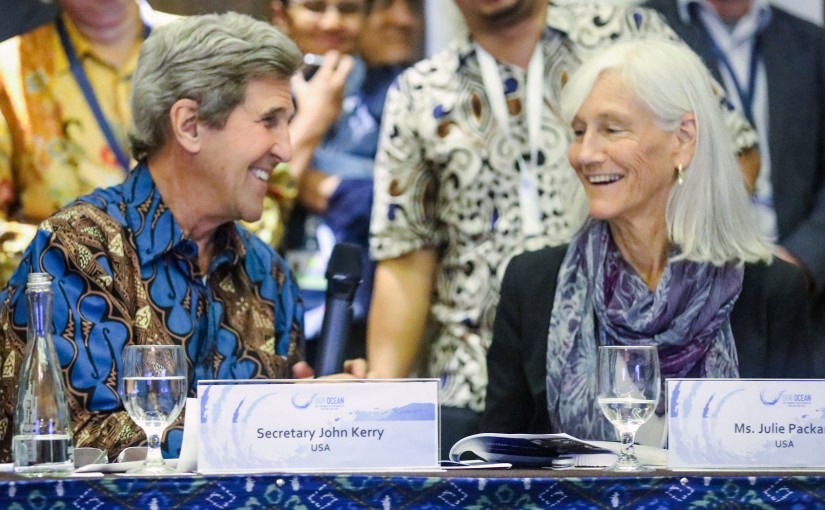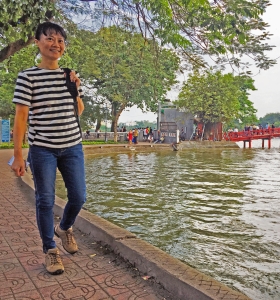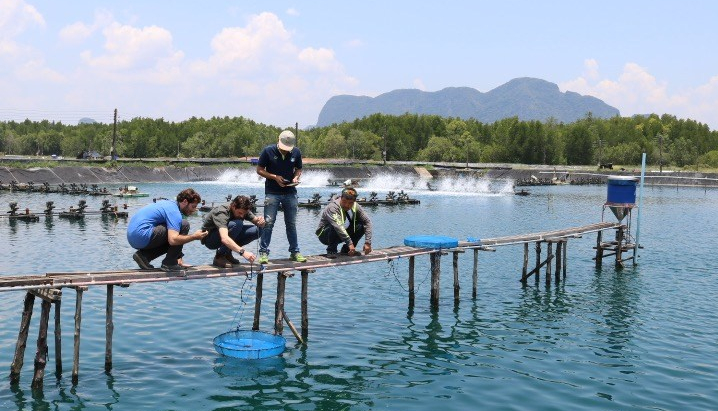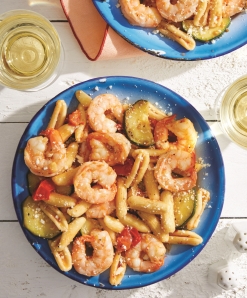The Monterey Bay Aquarium is working to make the global shrimp supply chain more environmentally sustainable, from family farms in Southeast Asia to customers’ plates in the United States. In this final installment of a four-part series, we begin to see the payoff of this effort—as a small supply of sustainably farmed shrimp makes its way from Vietnam to Los Angeles. (Continued from Part 1, Part 2 and Part 3)
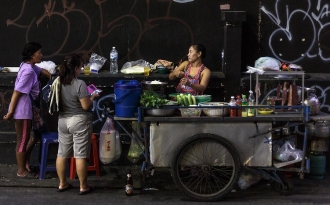
Silver skyscrapers stretch into the clouds above Bangkok, towering over streets packed with traffic and colorful food tents. Street-cart vendors serve sticky pad Thai, lotus-root curry and pickled pig skin from sizzling woks. This city of more than eight million is alive with open-air markets, underground art and some of the world’s oldest temples.
Seafood Watch Science Director Wendy Norden looks out from the restaurant balcony. Her team of ocean policy and aquaculture experts is decompressing after a busy day of meetings. They had spent more than eight hours with dozens of stakeholders from across Southeast Asia, brainstorming solutions to the seafood industry’s biggest challenges, from habitat degradation and chemical overuse to labor abuses.

The group included Vietnamese caviar producers, Indonesian fish professionals, Burmese seafood producers, American seafood buyers, and environmental auditors from Ireland, Thailand and Vietnam—all face-to-face in a Bangkok conference room.
“The people in that room pull a lot of levers,” says Tyler Isaac, a Seafood Watch aquaculture scientist. “There’s a chance to make a really big impact, from both the top and from the ground level.”
His boss agrees. “We’re filling a need that’s not being met,” Wendy says. “We’re trying to dig in and solve difficult issues that nobody’s been able to solve yet.” Continue reading Tiny crustacean, big transformation: Part 4
